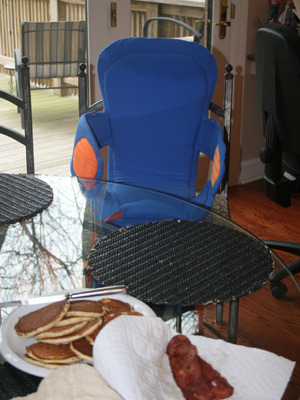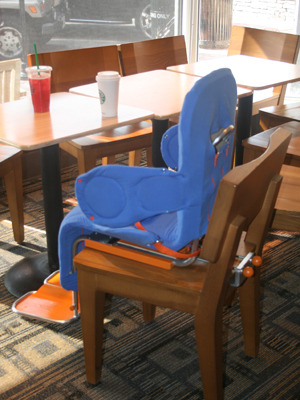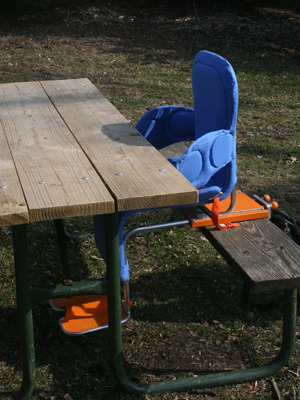
A special education school district provided a grant to design a chair for Garrett, an eight-year-old with a physical and cognitive disability. The seat enables him to sit at the cafeteria lunch table with his peers. I worked with Garrett’s therapy and education team to develop the chair and test prototypes with the goal that it be universal enough to work for many children with diverse needs.

In the cafeteria there is nowhere for Garrett to sit in his wheelchair.
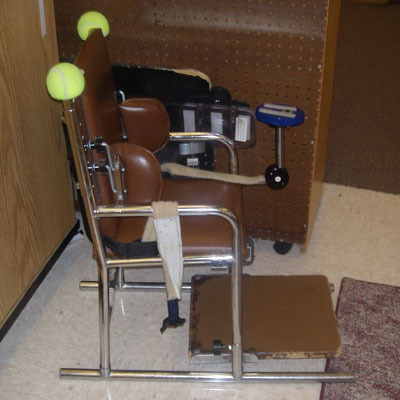
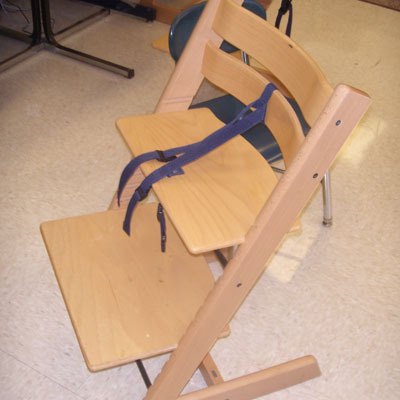
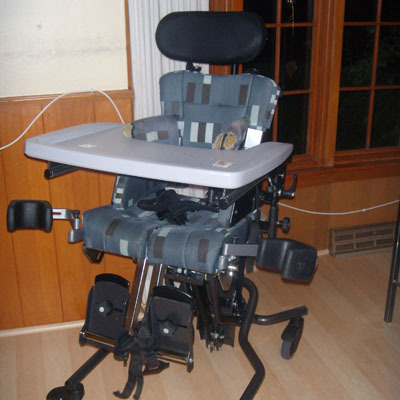
These are the different chairs Garrett uses now. As you can see there is much room for improvement. Some do not provide enough support and some have way too many features that Garrett doesn't need.

The overarching research problems were:
1. How can I ask Garrett what he wants, when Garrett does not use words to say what he wants?
2. How can research challenge existing perceptions of what is right?
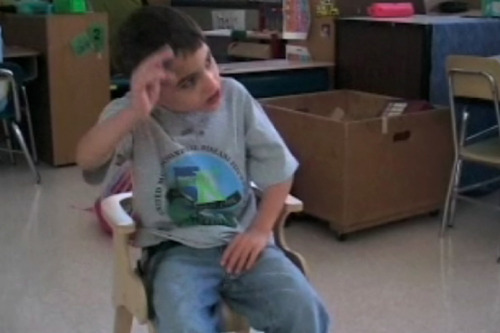
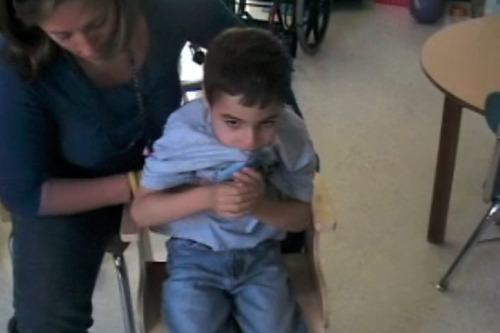

From a video of Garrett using many different available alternatives, I learned that his body is rarely calm enough for him to sit safely without his feet, lap and upper body secure. Initially, it was very important to his therapists not to secure his upper body. Opening their minds took creative approaches to research.
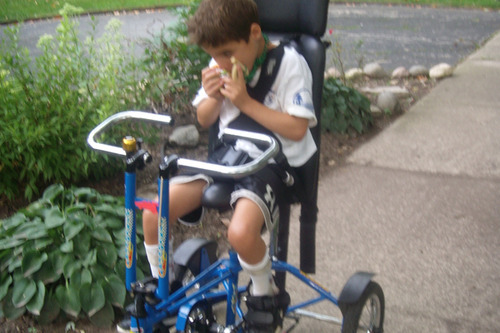
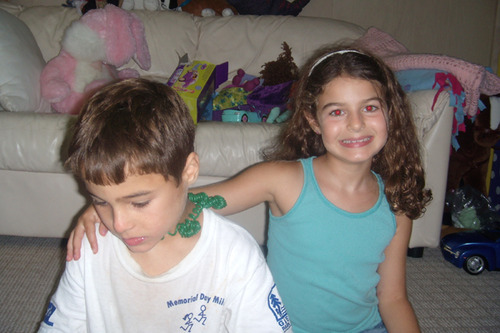
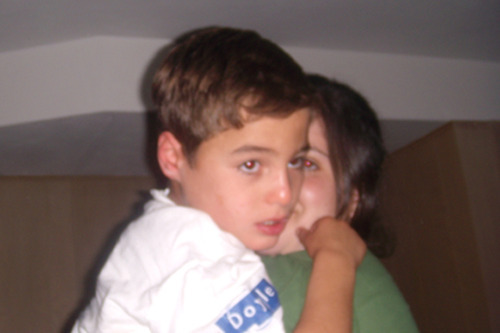
To learn how to tell if Garrett was comfortable I explored Garrett's behavior in other settings, and I interviewed his family, therapists, teachers and peers.

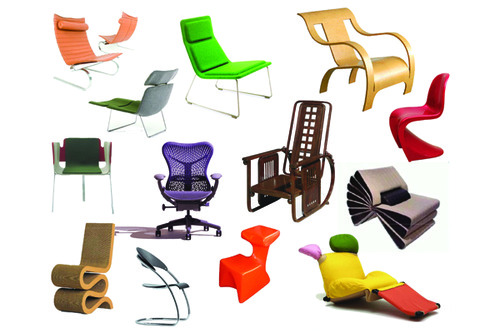
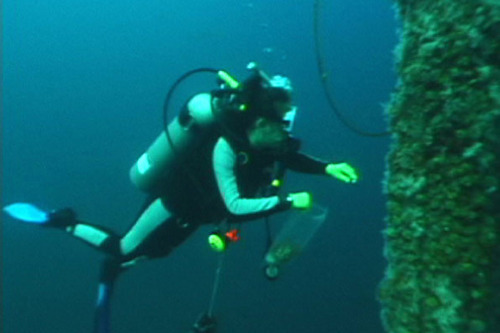
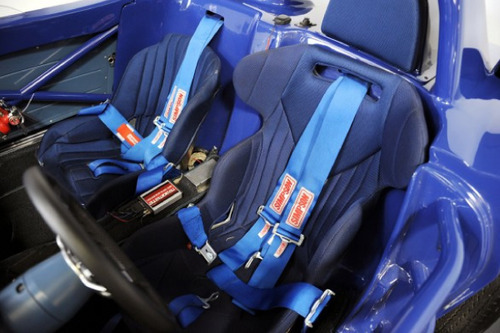
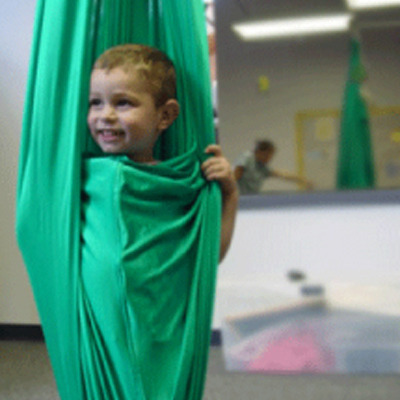


In order to organize the huge amount of information that came out of the research phase of the project, and to communicate better with Garrett's team I put together this chart describing what I'd found and how I wanted to move forward. It turned out to be very helpful, because often when discussing the project with people who were not as involved as me, it was important for me to be able to quickly catch them up and help them understand the issues.
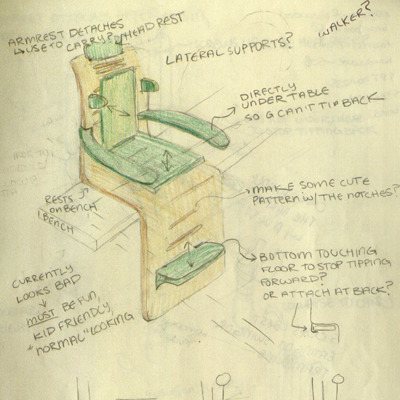
I began with sketches and models using tiny Garrett, so I could explore lots of ideas. During research I observed that Garrett moves his body less when he has sensory stimulation around his trunk. I experimented with a flexible wrap instead of rigid sides to offer him sensory input and calm his body movement. This ended up being the big discovery upon which the design is based, and I incorporated an elastic chest wrap instead of rigid side supports in the prototype to test with Garrett.
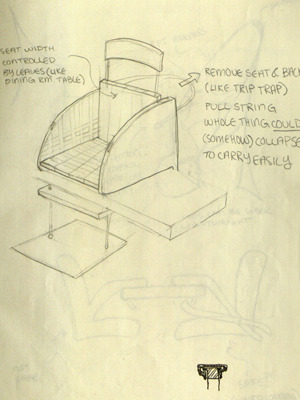
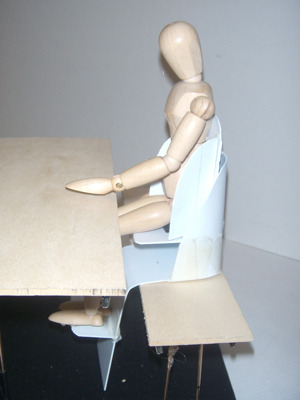
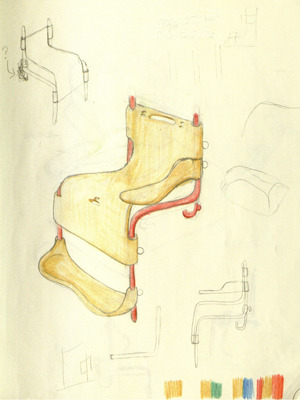
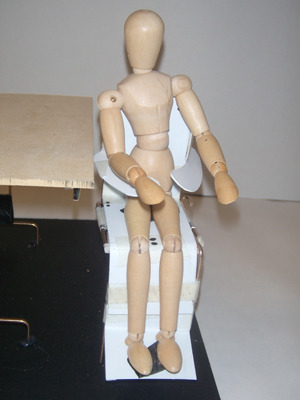
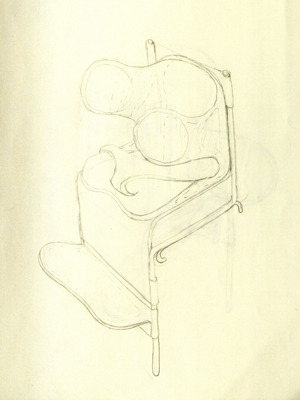
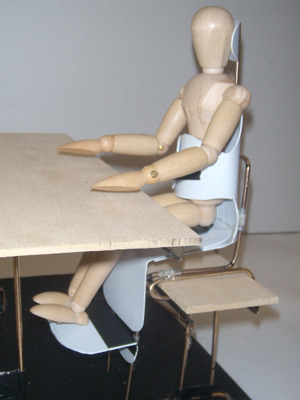
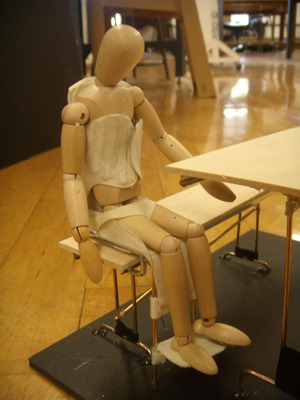
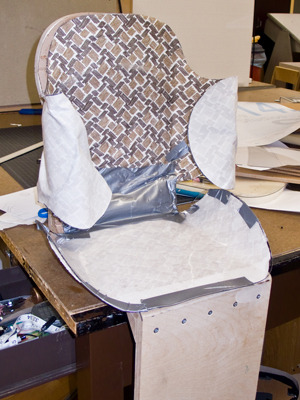
Once I settled on a basic idea I made a prototype for Garrett to try. Of course, the process was full of surprises, especially because this was my biggest building undertaking so far.
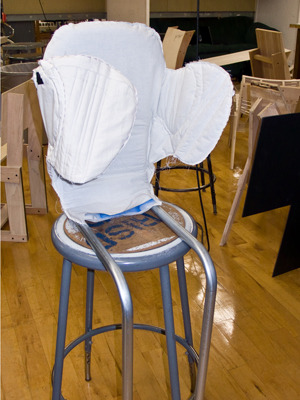
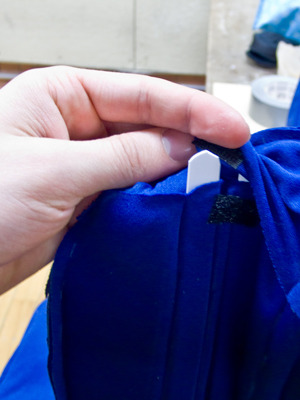
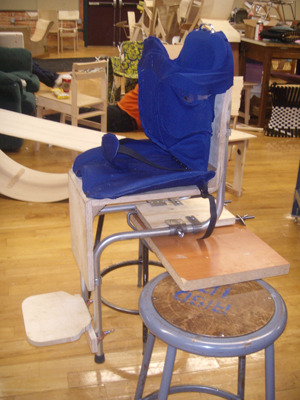
I tested this prototype with Garrett, then moved on to the one below, which will become the one he used.
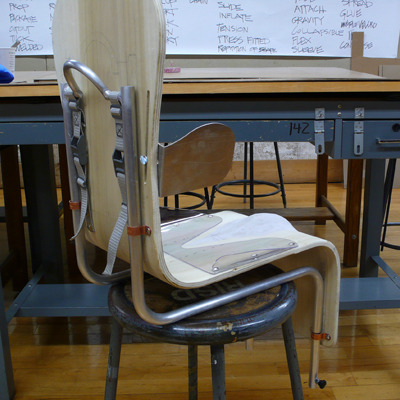
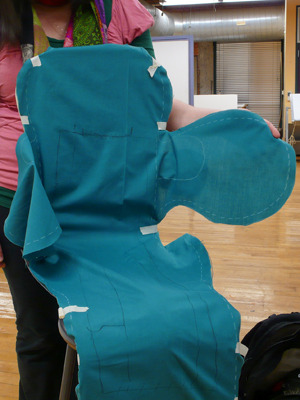
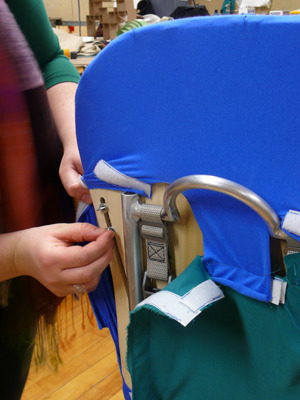
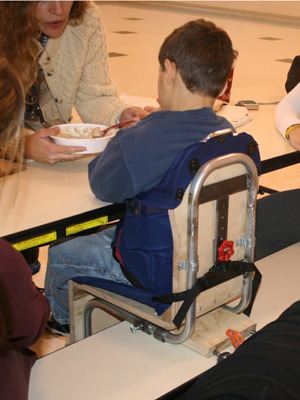
When Garrett tested the chair he did not extend and throw himself forward as much as in his current chair and he was able to feed himself. We tried without the flexible chestwrap and found that he went back to throwing himself around. This was exciting, so I decided to keep it in the final design. However, his occupational therapist wanted to maintain the option to use rigid supports, so I incorporated both.
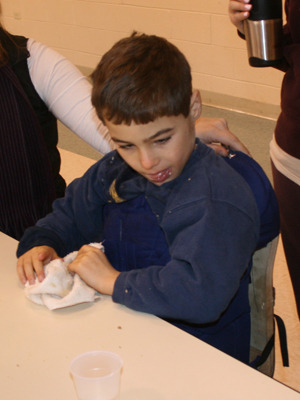
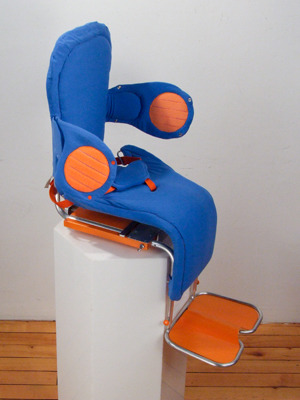
The height, footrests and chest supports are adjustable. There is flap which tightens around the hips when the seatbelt is tightened, a pommel and crotch strap for stability, and the seat moves forward to bring Garrett closer to the table.
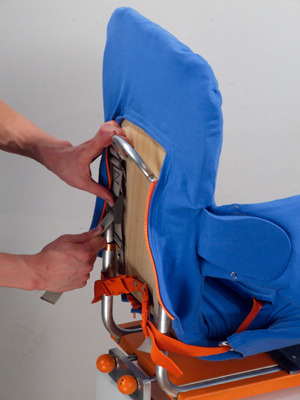
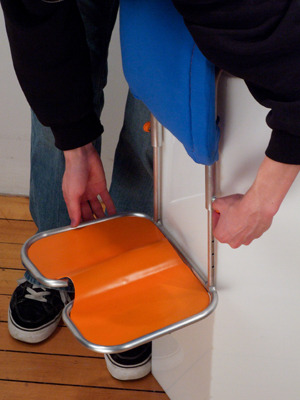
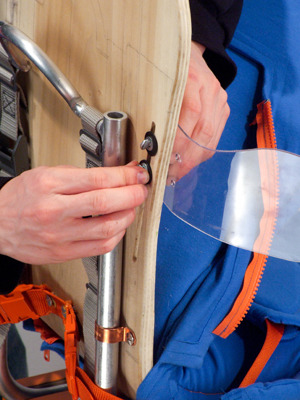
The chair can be used in many settings to help Garrett have access to new areas in the community and at home.
